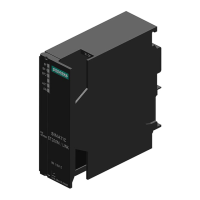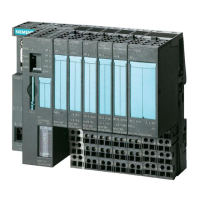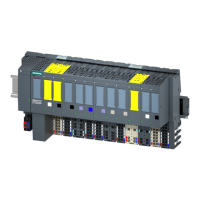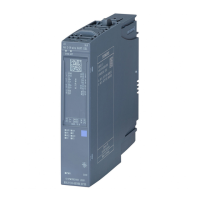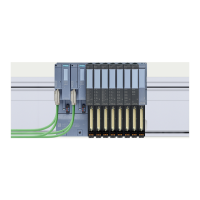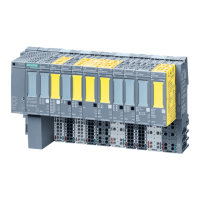Principle of pulse stretching
The following gure uses examples to show if and how input pulses are changed.
1BSBNFUFSGPSQVMTFTUSFUDIJOH5ݳ
1SPDFTTTJHOBM
QSPDFTTFE
JOQVUTJHOBM
1VMTFJTTIPSUFSUIBO5ݳBOEJT
FYUFOEFEUP5ݳ
1VMTFJTMPOHFSUIBO5ݳBOEJTOPU
DIBOHFE
1SPDFTTTJHOBM
QSPDFTTFE
JOQVUTJHOBM
5IFTFDPOEQVMTFPDDVSSJOHEVSJOHUIF
DVSSFOUQVMTFTUSFUDIJOHJTQPTUQPOFE
VOUJMUIFDVSSFOUQVMTFTUSFUDIJOHIBT
FYQJSFE
4IPSUQVMTFTUIBUPDDVSEVSJOHB
SVOOJOHQVMTFTUSFUDIJOHBSF
JHOPSFE
5ݳGPSFEHF
UP
5ݳGPSFEHF
UP
U
Figure 13-10 Principle of pulse stretching
Note
If you set a pulse extension for an input channel, this will also aect the utter monitoring that
you enabled for this channel. The "pulse-extended" signal is the input signal for the utter
monitoring. You should therefore match the parameter settings for pulse extension, and utter
monitoring to one another. By selecting the appropriate values for the parameters you can adjust
the functions optimally to your process.
Digital electronic modules
13.6 Description of the parameters of the digital electronic modules
ET 200iSP
340 Operating Instructions, 11/2022, A5E00247483-AK
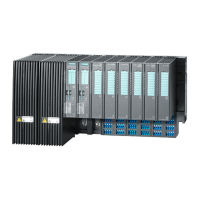
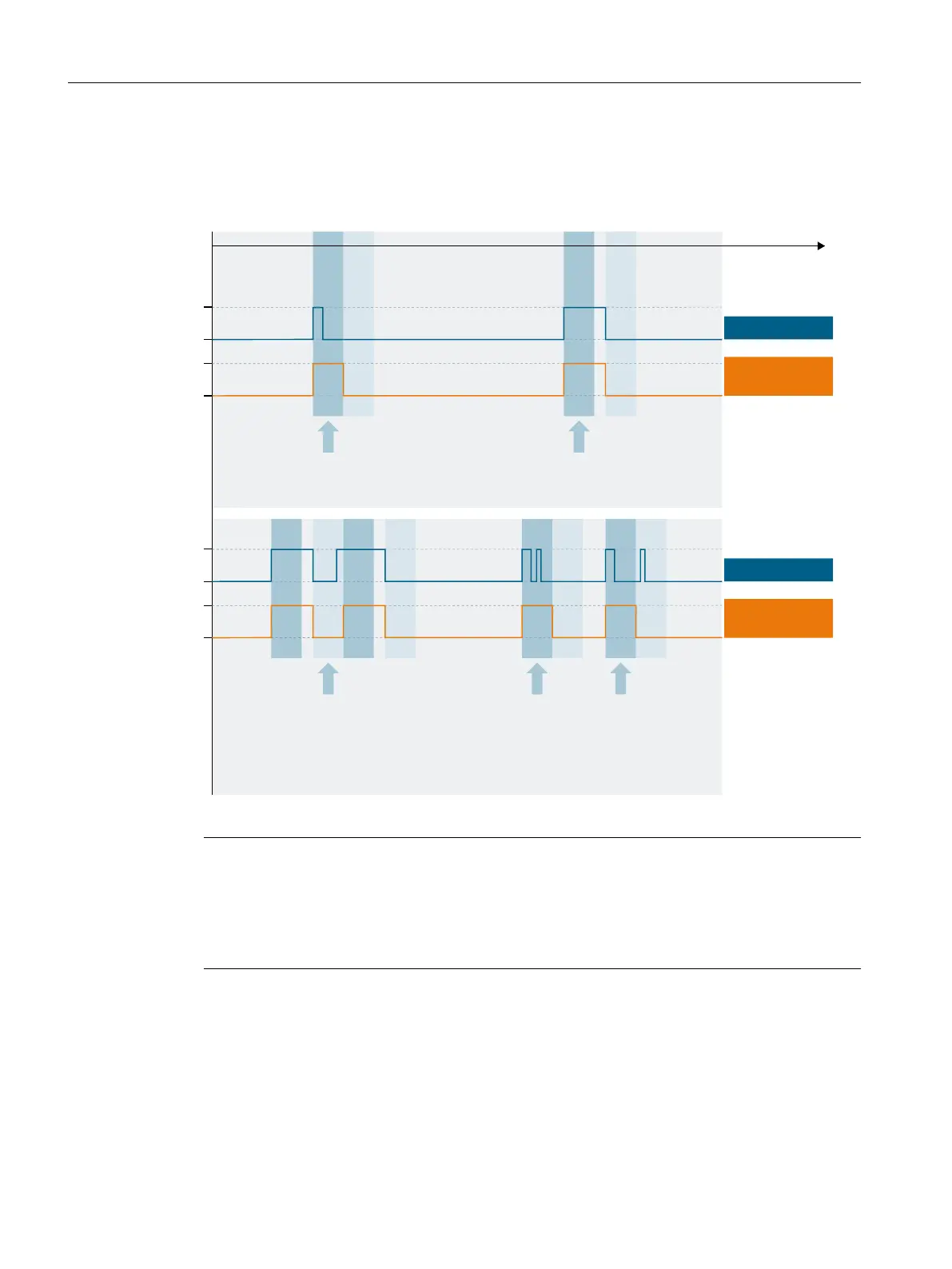